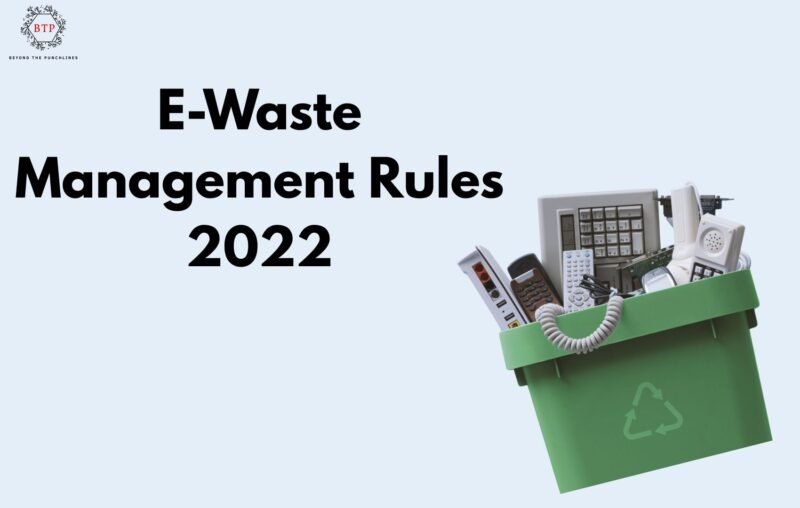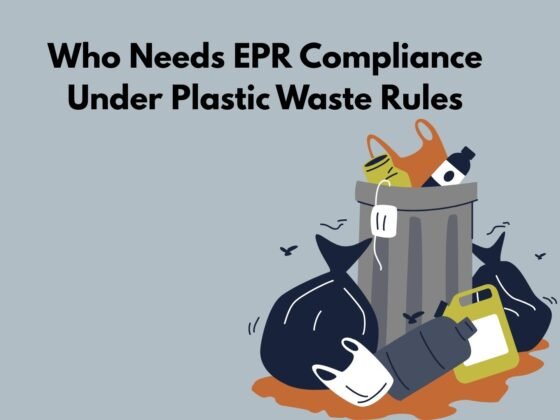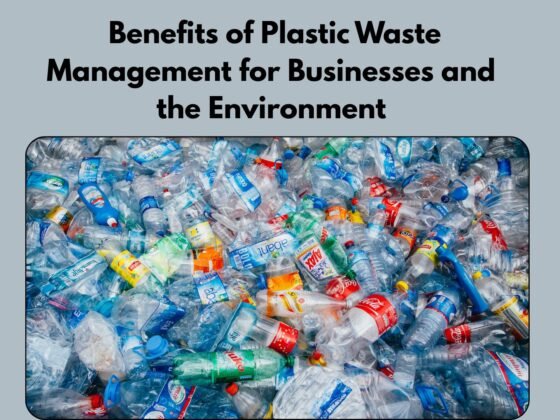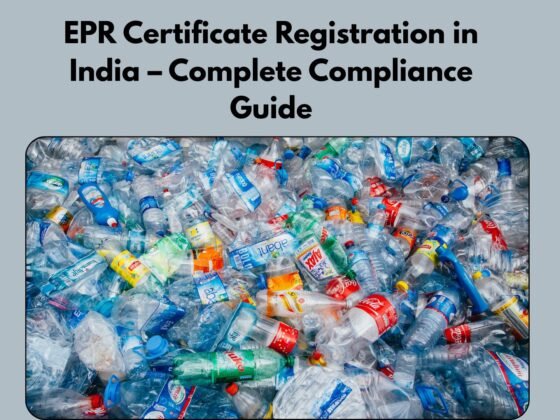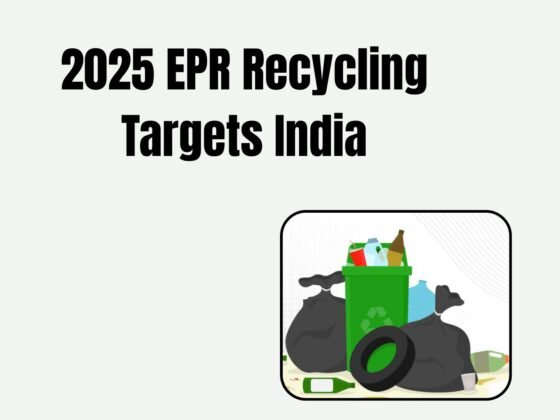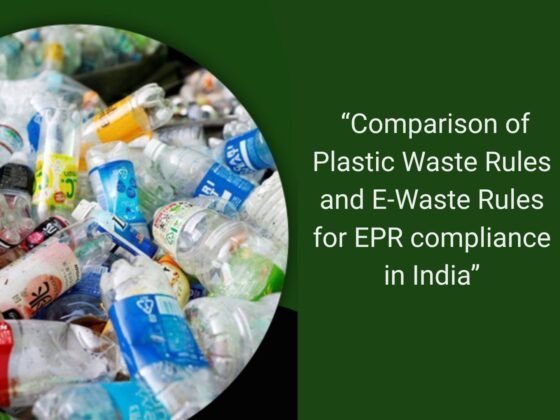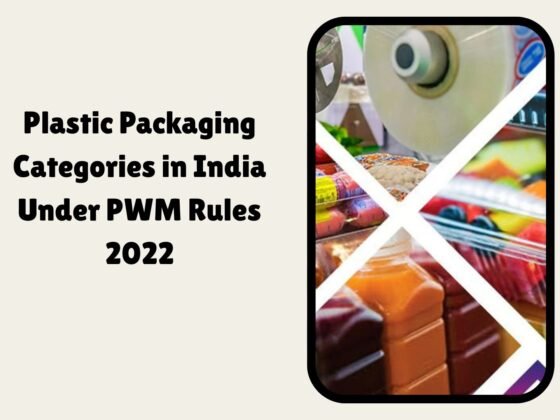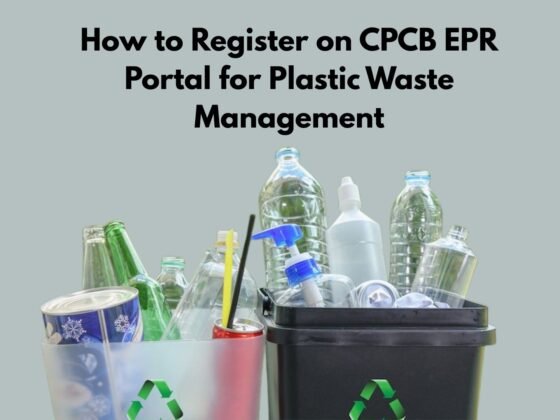India generates one of the highest amounts of electronic waste E-Waste Rules 2022 India in the world, driven by rising digital consumption and shorter device life cycles. To address the growing environmental risk, the Government of India implemented the E-Waste (Management) Rules 2022, effective from 1 April 2023. These rules introduced a centralised Extended Producer Responsibility (EPR) system through the CPCB online portal, aiming to increase formal recycling and improve accountability across the electronics industry.
One year after implementation, it is important to critically assess India’s progress—what has improved, what challenges persist, and how effective the compliance system has been so far.
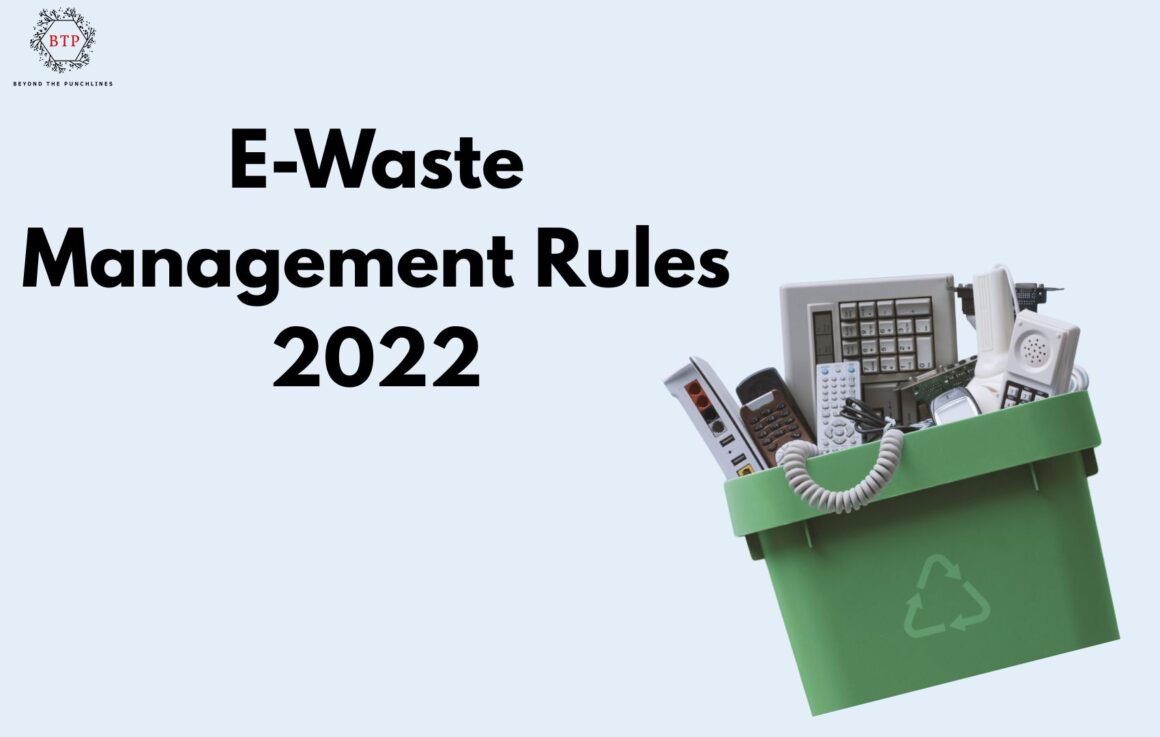
Progress in E-Waste Rules 2022 India Regulation
1. Stronger EPR Compliance Framework
The 2022 rules strengthened EPR enforcement by making registration mandatory for producers, recyclers, refurbishers, and dismantlers on the CPCB portal. This has helped:
- Track e-waste movement digitally
- Improve recycling data reporting
- Discourage unregistered operators
2. Increase in Formal Recycling Numbers
According to government data, India generated nearly 1.25 million tonnes of e-waste in 2023–24, out of which around 800,000 tonnes were collected and processed through formal channels. While still far from the total generation volume, this marks a significant jump in formal recycling compared to earlier years.
3. Environmental Compensation Introduced
For the first time, non-compliance now attracts Environmental Compensation (EC) fines. Companies not meeting their annual EPR targets must pay penalties or face legal action. This has made e-waste laws enforceable and financially binding.
4. Role of CPCB EPR Portal
The centralized portal allows:
- EPR certificate generation
- Real-time tracking of e-waste recycling
- Filing of quarterly and annual returns
- Regulatory monitoring and audits
This digital oversight has made compliance more transparent and traceable.
Challenges and Gaps After One Year
Despite progress, the system faces serious implementation challenges:
1. Informal Sector Dominance
Nearly 85–90% of India’s e-waste is still handled by the informal sector using unsafe methods such as acid extraction and open burning. The new rules have not yet succeeded in integrating informal recyclers into the formal chain.
2. Fake Recycling Certificates
Reports indicate misuse of the EPR system by some recyclers issuing certificates without actual recycling. Lack of strict portal audits and on-ground inspections remains a loophole.
3. Infrastructure and Capacity Gaps
Authorized recycling facilities are concentrated in a few cities like Delhi-NCR, Mumbai, and Bengaluru. Tier-2 and Tier-3 cities still lack collection and dismantling centers.
4. Compliance Complexity for Small Brands
Small and medium electronic manufacturers struggle with the technical and financial requirements of EPR compliance. Many rely on Producer Responsibility Organizations (PROs) but face high service charges.
5. Legal Pushback from Industry
Major brands like Samsung, LG, and Daikin have challenged parts of the e-waste law related to mandatory recycling charges and minimum price standards. Regulatory uncertainty remains.
What Needs to Improve
To strengthen enforcement and achieve sustainable e-waste management, India must:
- Introduce third-party digital audits and geo-tagging
- Penalize fake recyclers and certificate trading
- Invest in recycling infrastructure in smaller cities
- Partner with informal waste collectors for collection
- Implement public awareness and buy-back incentives
- Simplify compliance for small manufacturers
E-Waste Rules 2022 India: The Road Ahead
India’s E-Waste Rules 2022 are a major step toward building a circular economy. In just one year, compliance visibility has improved, digital tracking has begun, and recycling accountability has increased. However, challenges like informal sector dominance, fraud in EPR certificates, and weak enforcement limit real impact.
The success of India’s e-waste policy will depend on continuous portal audits, data transparency, industry collaboration, and stronger enforcement by CPCB and SPCBs in the coming years.
FOR MORE BLOGS – beyondthepunchlines.com

 Add to favorites
Add to favorites
